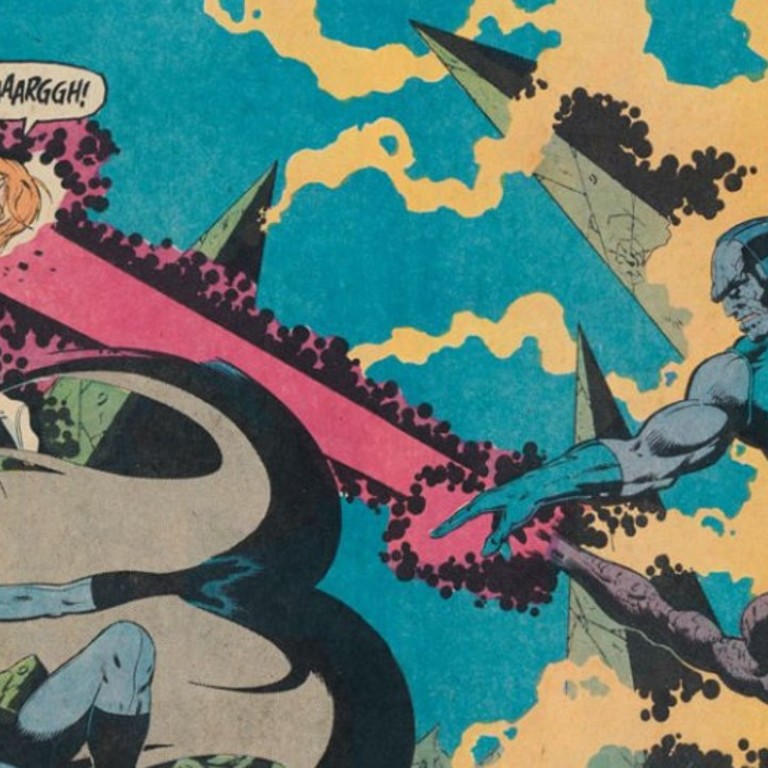
Book review: The Bronze Age of DC Comics is actually pure gold
A beautifully illustrated and fascinating history of one of the two pillars of American comic books shows how social changes found their expression on the page

by Paul Levitz and Dennis O’Neil
Taschen

American comic book nerds – this writer included – have long lamented the dismissal of the medium as fluff intended for the unsophisticated (now that superheroes dominate the global box office, that attitude has carried over to the world of film criticism and awards).
While superhero comics did in fact begin as vapid entertainment in the 1930s, the industry changed in the 1970s after a combination of factors – the loosening of content restrictions by the Comics Code Authority in 1971 and the growth of political awareness and social progressive values in the US – led to a sea change in comic book storytelling. Gone were the goofy stories of the 50s and 60s, replaced with darker, socially relevant plot elements such as drug use, poverty, racism and sexism. It’s a change that’s stayed with the industry since.
Paul Levitz’s huge 416-page tome is both tribute and historic account of that era (1970 to 1984, dubbed the “bronze age”) of DC Comics, one of two pillars of American comic publishing. A comic industry lifer who’s worked at DC Comics as a writer, editor and later president, Levitz is as credible a voice as there is in recounting the crucial period in the company’s history when it transitioned Batman from campy jokester to The Dark Knight – emphasis on “dark” – that has since been a mainstay in global pop culture.
A lengthy interview with writer Dennis O’Neil – who wrote the influential Green Lantern/Green Arrow drug abuse story in 1971 – offers a deep look into the shifting political and cultural views of young Americans at the time.

It’s hard to imagine now, with dozens of DC and Marvel movies lined up until the next decade, but superheroes were once a tough sell on the big screen. So it’s fitting that the book dedicates a chapter to the 1978 Superman film, which presaged the current comic movie phenomenon.
Another chapter explores the company’s attempts at giving bigger roles to minority characters, something that’s still very much lacking in today’s comic industry.
A book on the history of a visual-driven medium wouldn’t feel right without visuals, and The Bronze Age doesn’t disappoint. Stuffed with iconic covers, original sketches and never before seen concept art – some splashed across two pages – there’s enough here to make the book a wonderful read even if you’re just interested in pop art.
It’s a shame there isn’t a similar book dedicated to the same era of Marvel Comics, because together, they would complete the history of the most fascinating period of modern American mythology. As it is, Bronze Age is a brilliant read, but only half the story.

